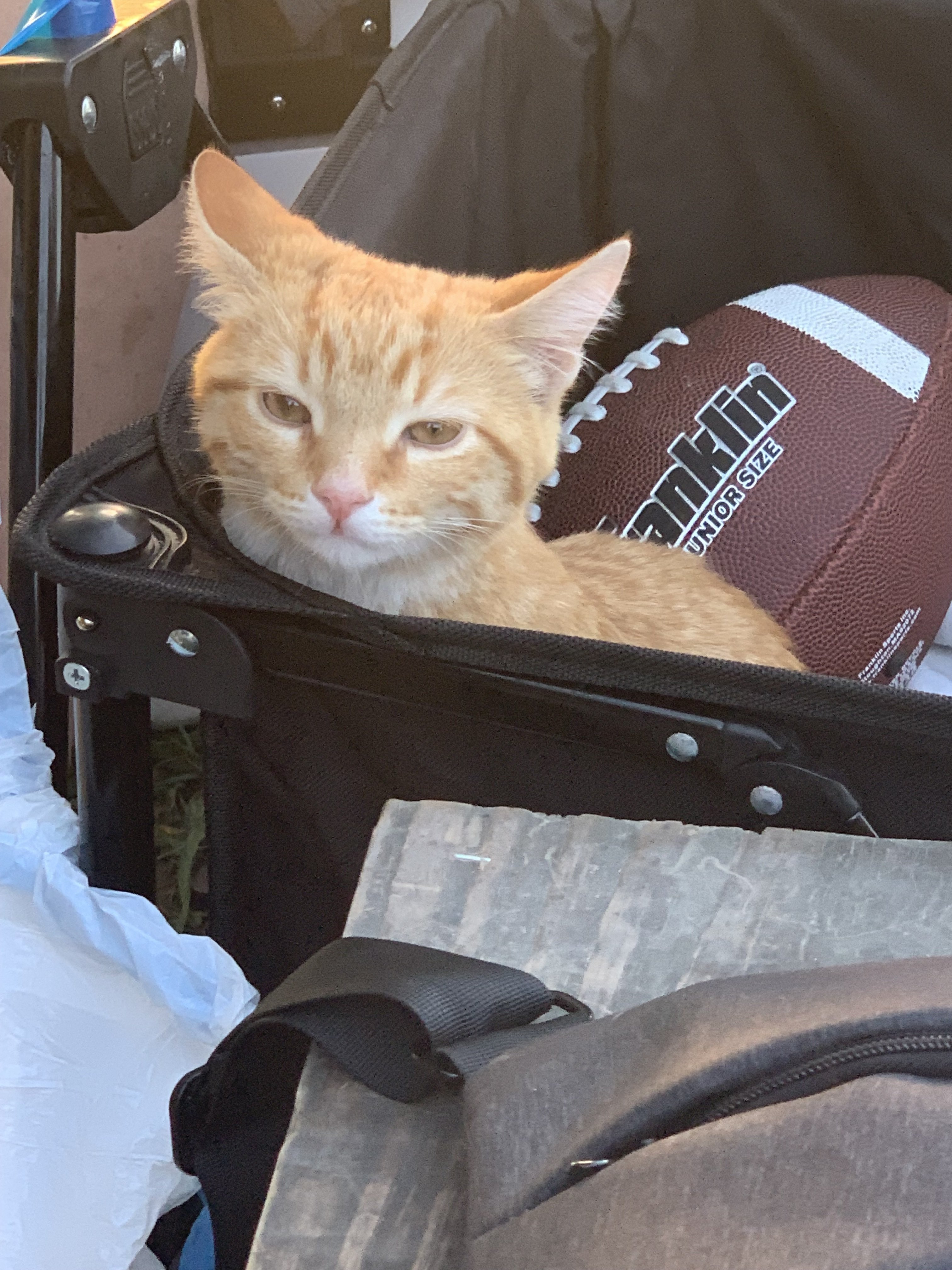Only thing that happens is that I get a black screen. Not sure what’s happening, no error, nothing.
Disabled secure boot and stuff in UEFI.
Any suggestions? I feel stupid.
Edit: I’ll leave it here for whomever might come next: use Ventoy to create the USB, not Rufus, and then boot in grub2 option. It’s installing now, at least. Let’s see…
Getting Linux on a Surface can be hard.
How did you format the USB drive? I could never get a usb to boot on my Surface Go unless it was made in Rufus using Windows. I believe you need to format the USB (with no iso) as an unbootable disc with fat32 and GPT and THEN put the iso you want on it. (Two separate operations on the same USB stick.)
There’s also a custom Linux Kernel just for Surfaces that you can use for better driver compatibility.
Edit: I see you mentioned Ventoy. I got some ISOs to work with it, but most didn’t. Then again, I couldn’t get some ISOs to work with Rufus either.
This is the issue. There are all kinds of special steps needed because of various issues.
Skip Garuda and go for a distro that is known to work well on Surface like Fedora, Arch, or Mint.
If the black screen is after the boot loader then it sounds like video driver issue. Try nomodeset kernel parameter or a different distribution.
If the black screen is before the boot loader you’re either not booting the installation media correctly or your installation media might be corrupted. Try redownloading the iso and reinstalling it in the installation media.


